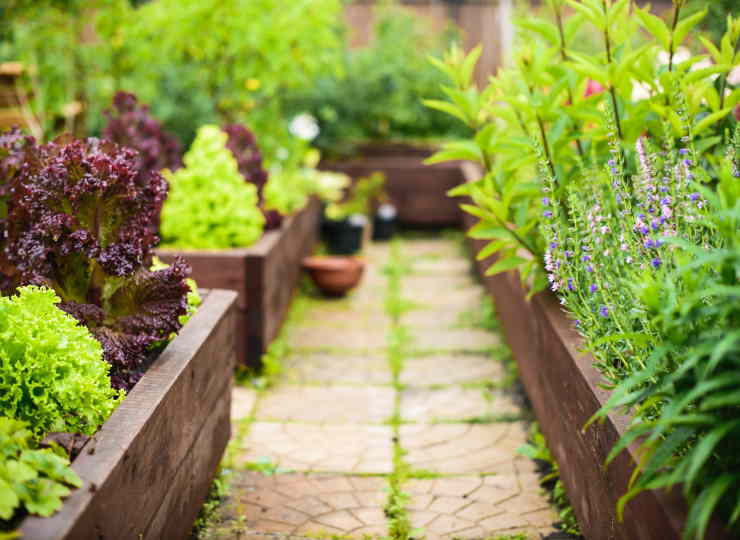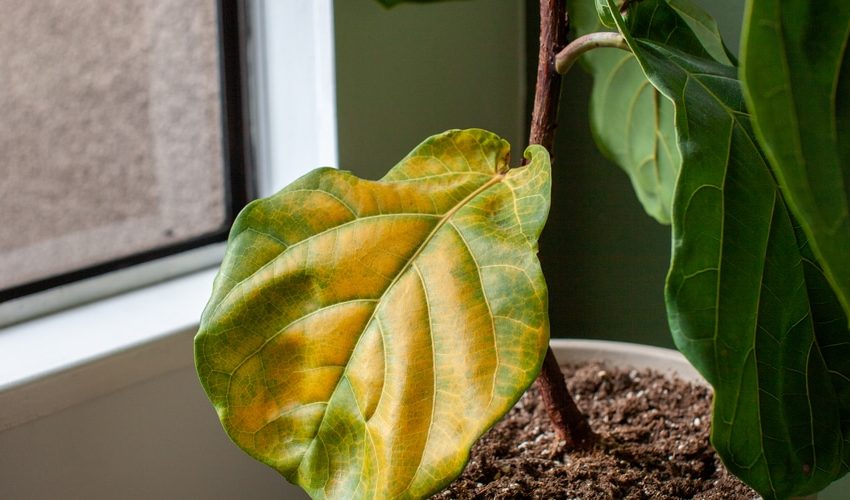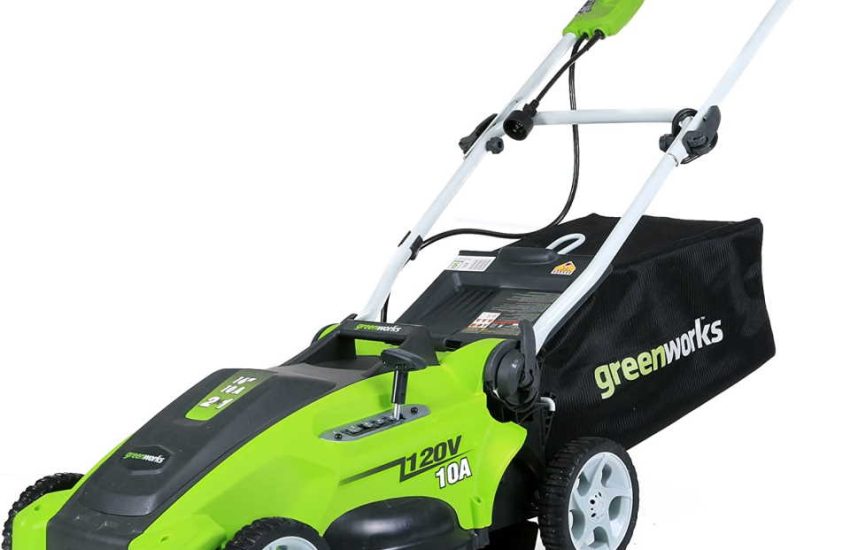What Material Is Best for Raised Garden Beds
When the issue of choosing garden beds that are appropriate for health and aesthetics occurs to the human mind, people seem to question this occurrence, as many of them do not think or know that a raised garden bed’s material can affect their plants and their health or aesthetic pleasure. However, a gardener’s mind does not work like that.
They know what works for specific plants and not which materials are healthier for human beings and which are not. So, whether you are a gardener or not, in this article, we will try to give as much information as possible about why using raised garden beds is recommended, and, we will try to answer the question of what material is best for raised garden beds.
First, let’s explain why it is recommended to use raised garden beds instead of ground beds. The reason behind using raised garden beds is that the soil and the plant in those beds are isolated, meaning that they can be grown more efficiently and protected securely.
Of course, you can still grow many things in-ground beds, however, owning a raised garden bed might protect your plant from many diseases and animals. Also, it can help your plants to grow faster than usual. But it is still up to you whether to use raised garden beds or ground beds.
What Material Is Best for Raised Garden Beds?
People get very creative when choosing what material to use to make a garden bed for their plants. Some give importance to aesthetic pleasure; some give priority to health. From old jeans (yes, literally jeans that you wear daily) to compact wood, they use many kinds of materials. In the list below, we tried to list materials used in your garden bed.
Untreated Wood
Untreated wood is the most common material used for raised garden beds. Many gardeners prefer it because it is cheap, not hard to give a shape (as long as you have a little bit of skill in carpentry), it is aesthetically eye-pleasing, and it is healthy for your soil and you.
However, these things come with a price. This type of wood will rot. The duration is highly dependent on the quality of the tree it comes from, but it will rot in one way or another. But of course, you can extend its life. Just be careful while nailing the wood together so as not to crack the wood or let the nail get out of the wood, as it can be a problem if the tip of the nail touches the soil.
I think this is the right place to talk about pressure-treated wood. Because when people talk about wood, they seem to think about pressure-treated ones. But in reality, untreated wood and pressure-treated -wood are so different from each other, especially in gardening.
So, if you choose to use wood for your garden bed, use untreated wood instead of pressure-treated one, as that one is mixed with chemicals, and undergoes many processes before it reaches your hand. Therefore, our advice is to use untreated wood or raw wood.

Stone
When it comes to using stone for your garden bed, it might be hard at first, but with patience and a little bit of money, you can get cut stones from many places. But be sure that those stones are natural stones mined and directly cut without any additional chemicals other than cooling chemicals.
It might be hard to give a regular shape to your garden bed while using stones, however, if you find the proper stones to make a rectangle or square, you will be lucky to have the most durable and aesthetically pleasing-looking garden bed. Granite or limestone can be given as example stones to use.
Paver Brick or Blocks
These bricks can also be used as a material for your garden bed. They are not as expensive as natural stones, and they last long. They look aesthetically pleasing; however as it is known that these bricks or cement blocks are manufactured they include certain chemicals which can interfere with the soil or the plant on the soil, increasing the pH levels of the soil.
Metal
Metal is the most durable material among the materials that we counted. It can last more than 13 years if used in a moister-free and clean environment. In addition, they can be given shape with specific tools and made look aesthetically pleasing. However, there are also downsides to using metal. They are heavy, some kinds of them are expensive, and some metals emit some chemicals when they get in touch with the soil.
Although many plants seem to endure the chemicals that are emitted, it is still dangerous for human beings to consume those plants. So, it is recommended that if you use metal as a raised garden bed material, try to plant things that are not going to be consumed by people or animals.
Although we want to add old tires or plastic containers to our list, we cannot add them as they are unsuitable for being a raised garden bed material. It is nice to see people trying to recycle old plastics or petroleum products, but using them is still not a good idea.
Conclusion
In this article, we tried to answer the question of what material is best for raised garden beds. We counted many materials, from wood to stone and metal. Wood is the most used and, in my opinion, is the most appropriate for the environment, health, and aesthetics.
If you are someone who wants to plant edible plants in your garden bed, I highly recommend using wood as your raised garden bed material. However, if you are going to plant greens that people won’t consume; bricks, stones, or metal garden beds can be used without a doubt.
You may also be interested in:
How to Keep Ants Out of Raised Garden Beds


